FAQ: Connect Communities Program

The Connect Communities Program is designed to support that vision.
Connect Communities provides access to resources and training to help downtown organizations pursue revitalization and redevelopment efforts to leverage the unique assets of their downtowns and commercial districts. There are currently 66 participants in the program that have reported adding 223 net new businesses and more than 1,151 net new jobs, as well as $60.6 million in private investment since 2013. Five communities were recently added, including the City of Burlington, City of Manawa, City of New Richmond, City of Stevens Point-Northside Business District and Milwaukee Marketplace Business Improvement District #32.
Q: What are the benefits of being a Connect Community?
As a technical assistance program, Connect Communities participants gain immediate access to experienced WEDC staff and leaders within the Connect Communities network. Program services include:
- A ListServ/network group offering inspiration and new ideas from staff and other participating Connect Communities
- Participation in Main Street Workshops with a focus on downtown revitalization topics
- An on-site visit from WEDC’s community development staff to assist in identifying needs and matching communities with available resources
- Training for local staff, board members or volunteers on a variety of relevant topics
- Roundtable discussion groups on pertinent topics held twice per year
- Access to resources and training materials that have been developed for Wisconsin Main Street communities Invitation to the annual Main Street Awards ceremony, plus eligibility to nominate a project for a Connect Communities award
- Regular webinars and invitations to partner training events around the state
“Connect Communities lets our small community compete on a more equal level with larger areas by providing information and resources to help us grow and evolve,” says Mary Lou Neubauer, City of Princeton Administrator.
Adds Joe Williams of the Black River Falls Downtown Association: “The ability to share and ask questions of staff and other communities without trying to reinvent the wheel makes us more effective.”
Q: Why was the program created?
WEDC recognized that the requirements for the organization’s Main Street program precluded communities that were just getting started or those without historic districts from accessing resources that could help them achieve their community objectives; the Connect Communities Program fills the gap by providing assistance to those communities.
“The program allows virtually any Wisconsin community with a desire and interest in downtown development to be part of a network of similarly-minded communities and individuals,” says Errin Welty, CEcD, WEDC’s downtown development account manager.
Q: Who is eligible for the Connect Communities Program? What are the requirements?
The program is open to any Wisconsin community with an organization or group focused on downtown/historic commercial district issues. Additional requirements are access to a computer with required software, willingness to commit to a majority of training opportunities, and fulfilling annual reporting requirements. Communities are required to sign a participation agreement and pay an annual fee of $200.
Q: How do communities apply for the program?
WEDC generally selects up to 20 new Connect Communities each year through a competitive application process. The next application period opens in April 2017.
Q: Why should a community apply for this program?
Any organization or municipality working to establish its downtown or historic commercial district as a vibrant civic and economic hub for the community will benefit from the program, says Welty.
“The workshops and webinars, combined with the ability to share collective knowledge and best practices, create a platform to help revitalization efforts gain momentum and create measurable impact more quickly,” she says. “With more than 60 communities, participants benefit from the ability to access tools and utilize existing resources, as well as to network and coordinate with other communities in the region to provide effective business assistance and establish promotional activities on a regional level.”


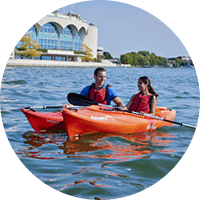
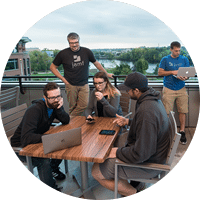
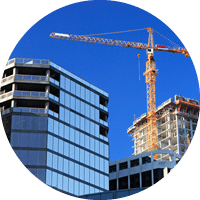
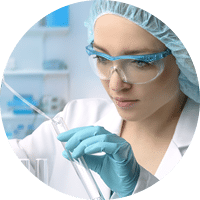
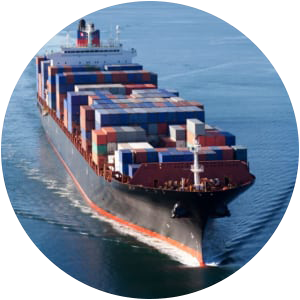
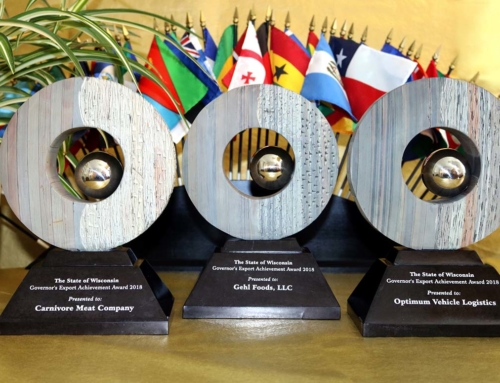


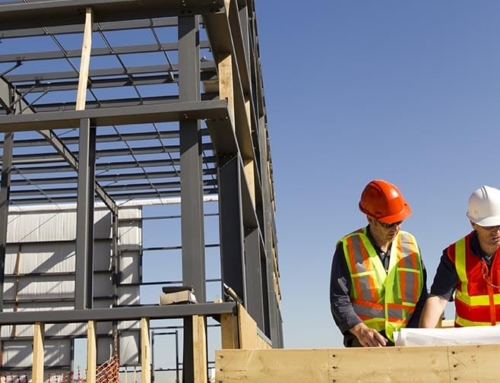
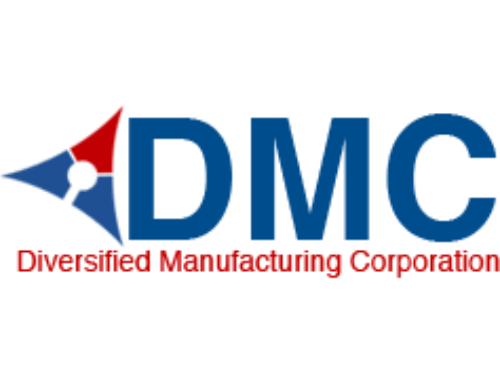
FOLLOW US